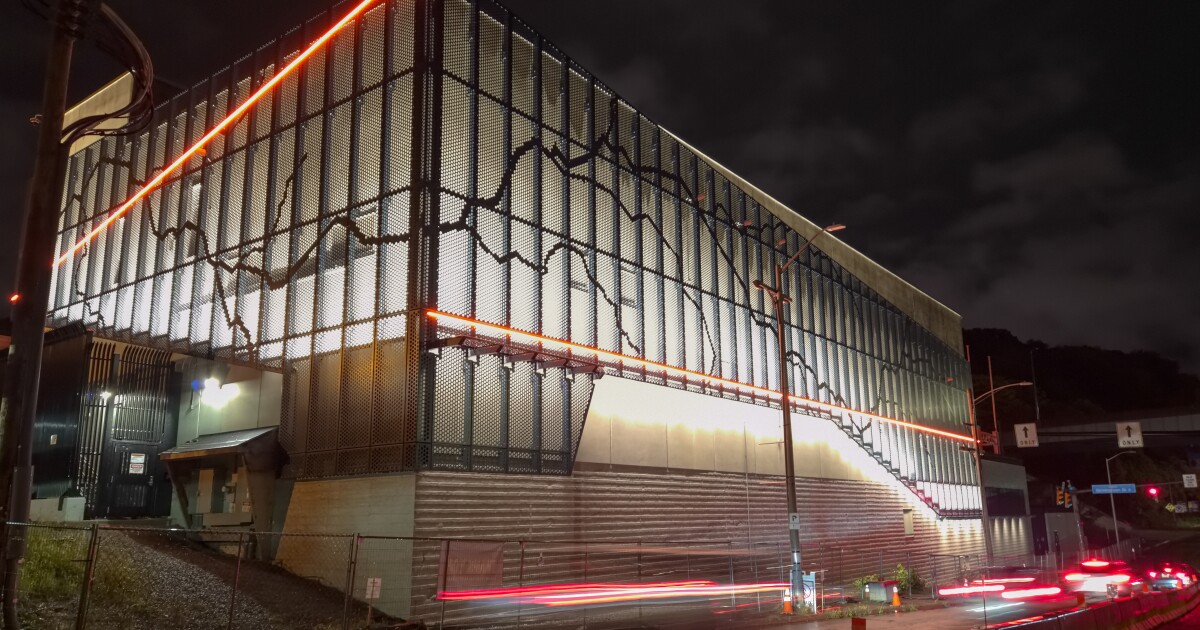Duquesne Light Company on Thursday unveiled an electric grid upgrade it says will support growth and revitalization efforts in Pittsburgh’s Golden Triangle.
The new Watson Substation in Uptown is $237 million and more than six years in the making. It will take in high voltage power transported through transmission lines, then convert and distribute it for use in homes and businesses.
It will be the third substation serving the Downtown area, guarding against disruptions from increasingly volatile weather and growing energy demands.
Jason Keller, DLC’s director of grid infrastructure and engineering, said Downtown already has a reliable electric system.
“What Watson’s really doing is adding resiliency,” Keller said. “And what we mean by that is: it’s putting additional sources of electricity into the area, so that, if there ever were an outage, we’re able to recover more quickly.”
He said he hopes customers won’t even notice the upgrade.
“Currently, they don’t experience outages very often in that area. This will only enhance that,” Keller said. “So, if we do everything well, really this should be a seamless transition for them because if the lights stay on, that means we’re doing our job.”
Inside the new Watson Substation in Uptown.
There is potential for short outages between 8 p.m. and midnight on Oct. 28 and 29, when Watson is scheduled to be connected to the grid. DLC aims to keep outages to less than 30 minutes. Half of customers in the Downtown service area will be switched to the new substation at a time, so no one should experience two outages during the connection.
People can expect to see a heightened presence of DLC workers downtown in the lead up to the connection, as well as some lane closures and blocked-off manholes.
Keller said the project will not affect customers’ bills.
Initial planning for the substation started in 2017, with engineering beginning in 2019.
DLC considered sustainability in the building’s design, incorporating 130 rooftop solar panels and a comprehensive stormwater management system.

